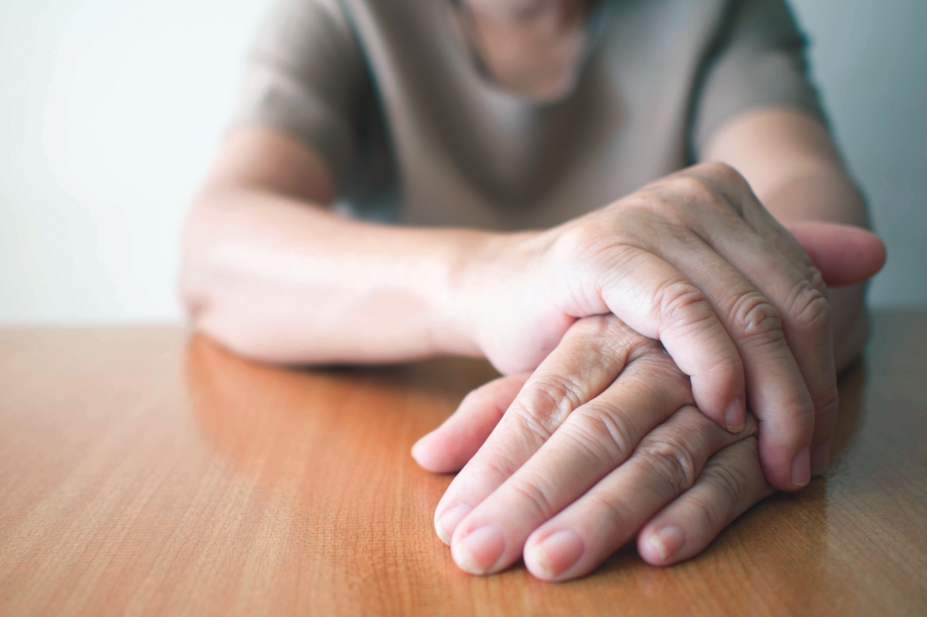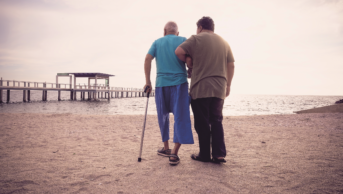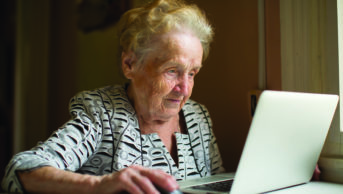
Shutterstock.com
Exercise plans involving both physical and mental challenges, may improve outcomes in people with Parkinson’s disease (PD), research presented at the Future Physiology conference (17–18 November 2019) has shown[1]
.
The small study involved 25 participants with mild to moderate PD who took part in a weekly one-hour community-based multimodal circuit class over periods of one, two and three years. Patients were assessed at baseline and every four months thereafter.
There was an increase in the mini-mental Parkinson’s test from baseline to eight months onwards, demonstrating improved cognitive performance. Standardised physical tests, such as bilateral grip strength and the six-minute walking test did not significantly decrease over any of the time periods studied and there was improvement in the number of one minute sit-to-stands after the first four months, from 21 to 23.
Previous research has shown that both cognitive and physical exercises can improve function in people with PD. The researchers said that these findings indicated that combining the two types of exercise could slow down progression of the disease. They noted that in the absence of treatment, PD symptoms would be expected to worsen.
“That functional and cognitive performance were slightly increased or maintained is a positive outcome given the progressive nature of Parkinson’s,” the researchers concluded.
References
[1] Ferrusola-Pastrana A, Meadows S, Davison G, et al. Future Physiology, Liverpool, UK, 17–18 November 2019. Available at: https://www.physoc.org/abstracts/can-a-weekly-multi-modal-exercise-class-preserve-motor-and-non-motor-function-in-parkinsons/ (accessed February 2020)


